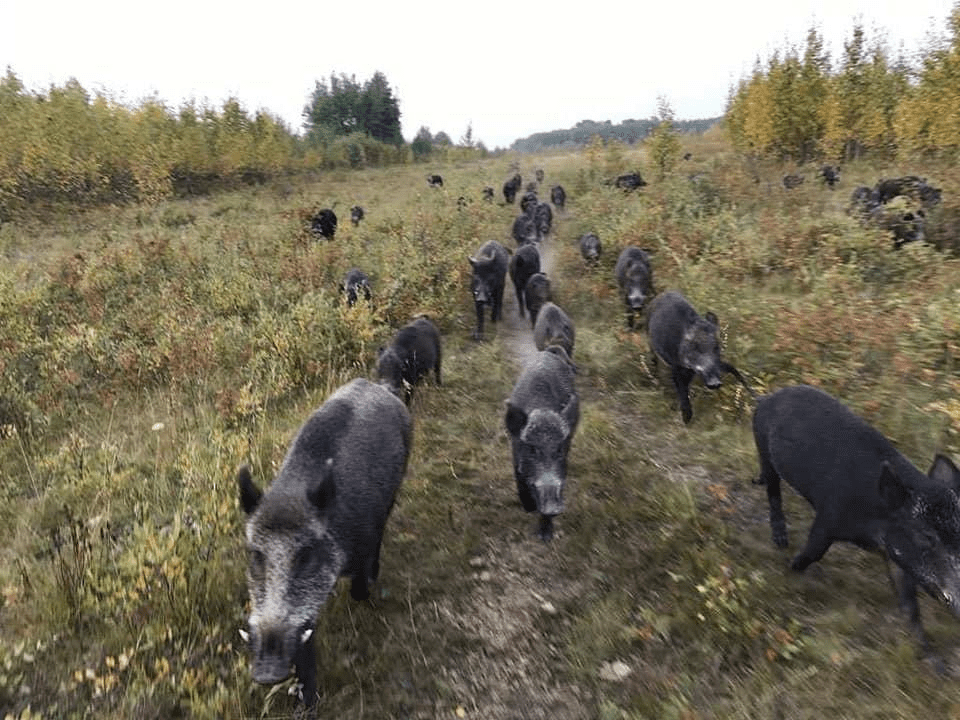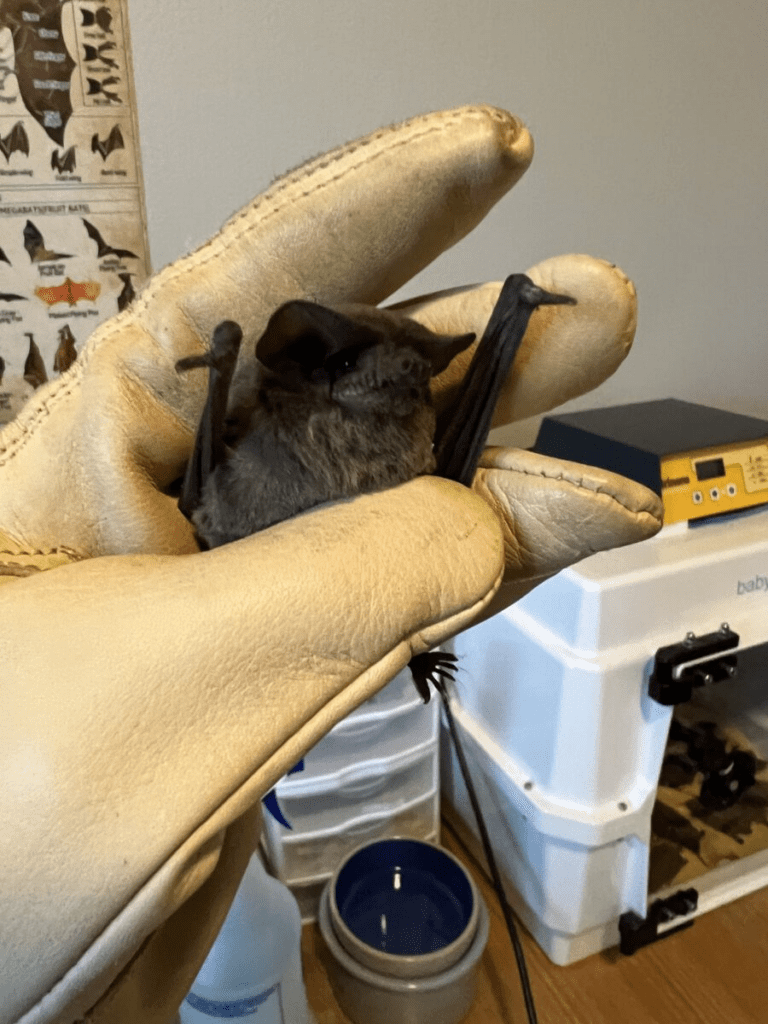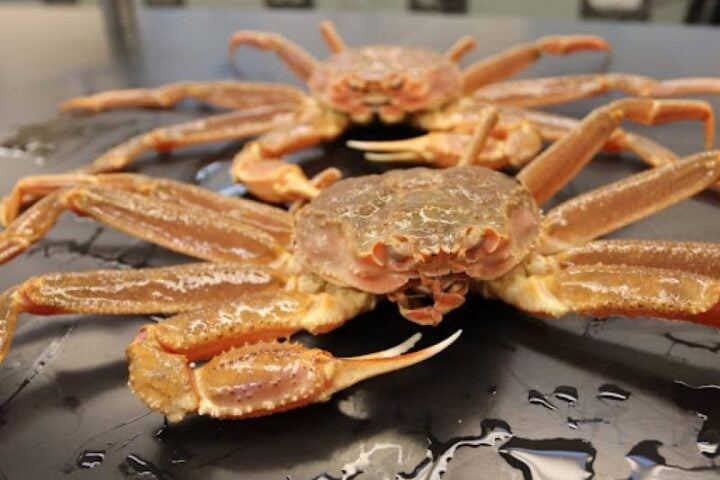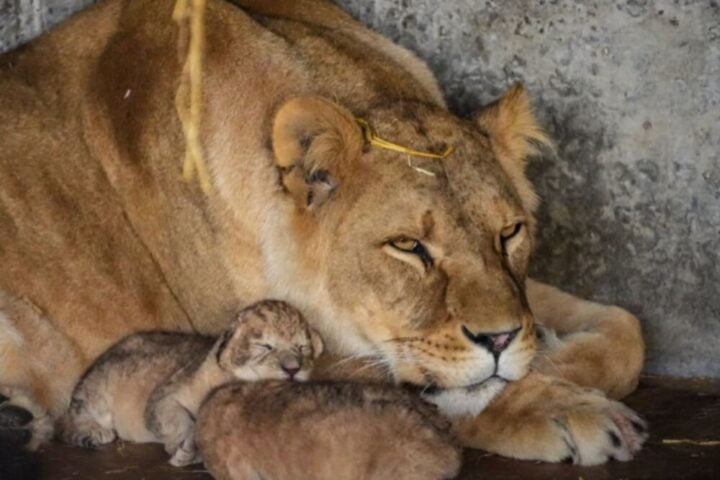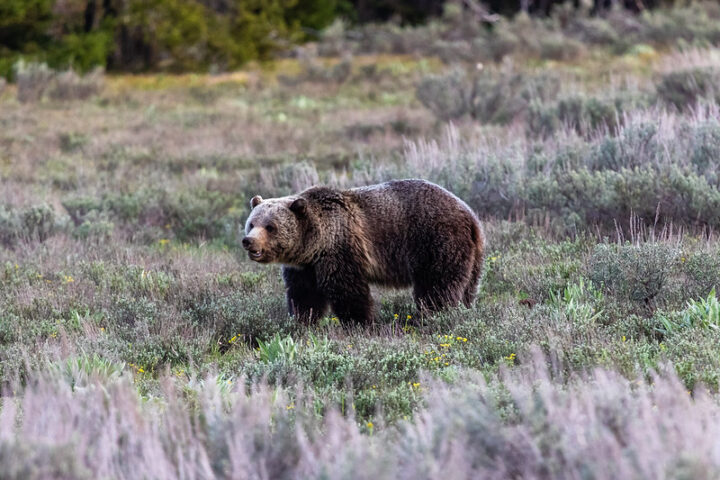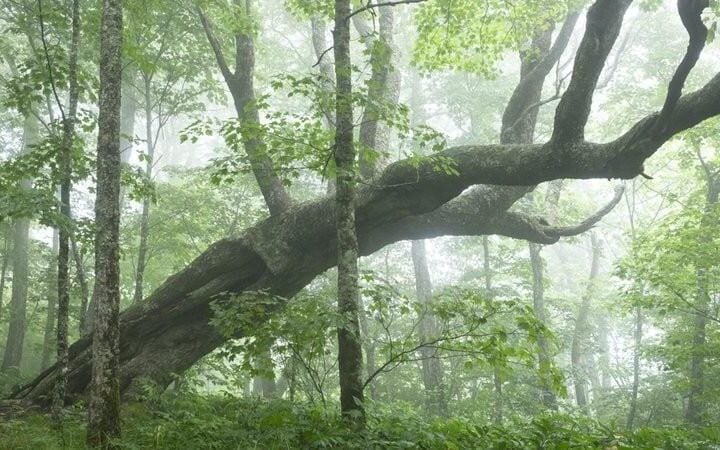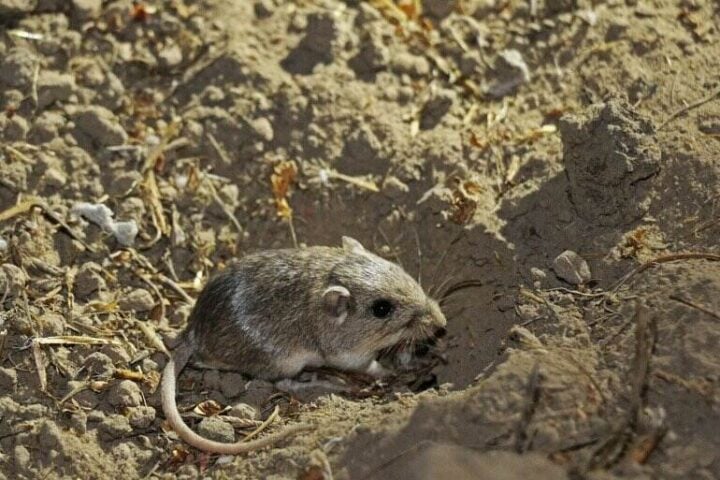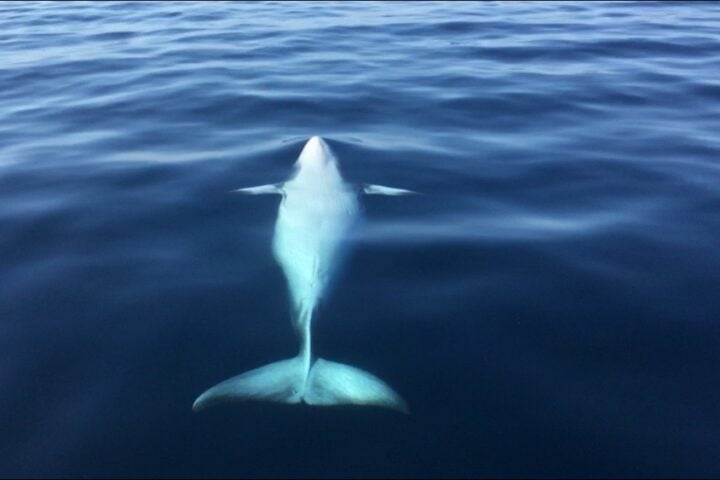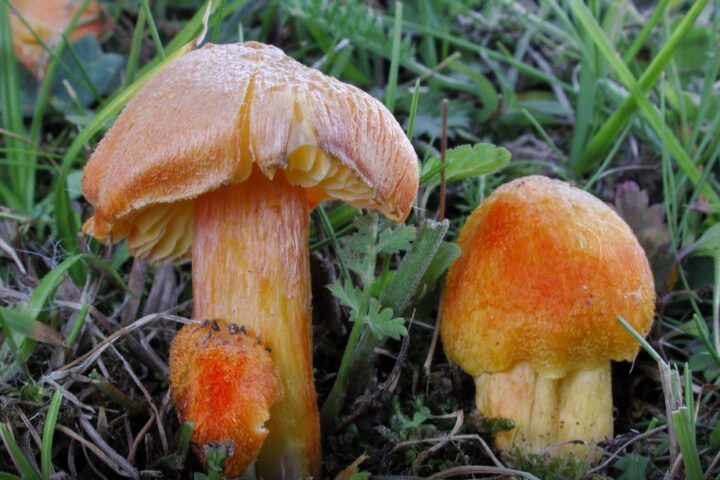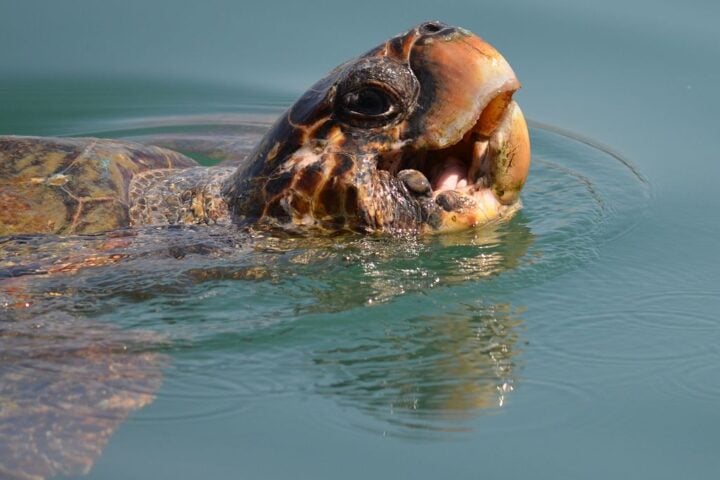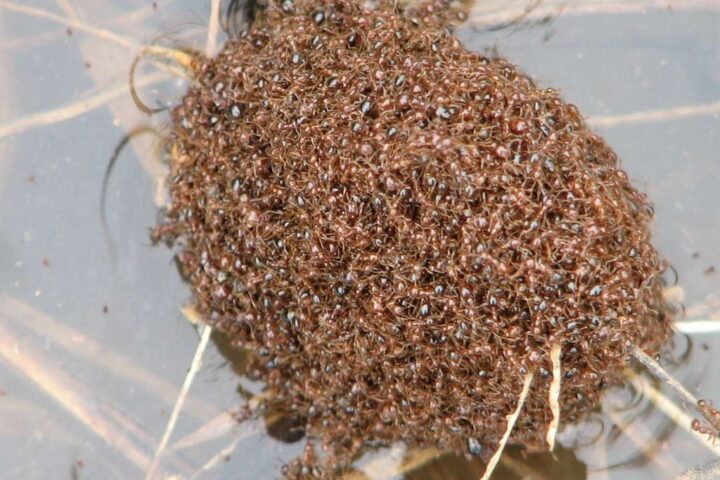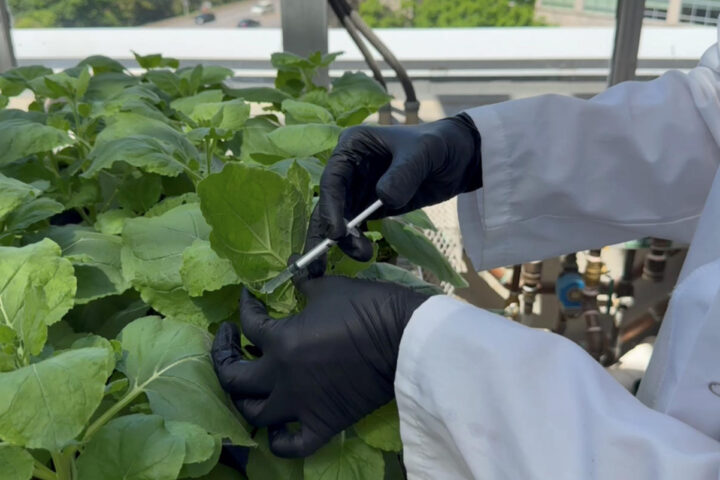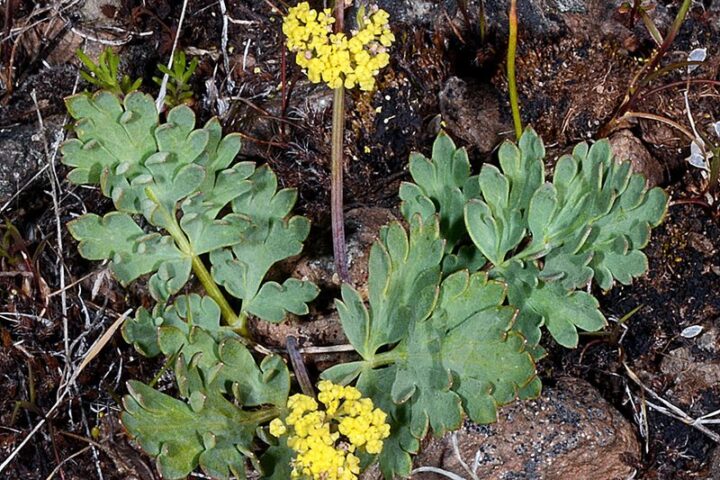The United States may soon face a new challenge with wild pigs as an invasive species. Historically, they have primarily thrived in warm regions such as the Southeast, Texas, and California. However, in recent years, wild pigs have begun to flourish in Canada and may spread to states such as North Dakota, Montana, Michigan, and Minnesota. These pigs were mostly raised on meat farms, but some were used in high-fence hunting preserves.
“The U.S. has a 400-plus year history with invasive wild pigs, but we didn’t have any here until the early 1980s. There was a big push to diversify agriculture with species like wild boars and ostriches. Wild boars were brought in from Europe to be raised on farms across Canada.”
Dr. Ryan Brook, University of Saskatchewan’s Canadian Wild Pig Research Project
Many farmers and ranchers crossbred these wild boars with domestic pigs, resulting in larger “super pigs” that can survive in colder climates, according to Brook. “For surviving in cold winters, one of the rules of ecology is: the bigger the better,” he says. “Larger body animals survive the cold better and have better reproduction in those conditions.”
In the early 2000s, the market for farmed boars dropped out in Canada, leading to some animals escaping from their enclosures and others being let free without any buyers. In less than 20 years, the wild or feral population exploded, partly due to their extraordinarily high reproductive rate. Wild boars now roam approximately 620,000 square miles in Canada, primarily in the Prairie Provinces of Saskatchewan, Manitoba, and Alberta.
According to Brook, the ability of wild boars to survive in such a cold climate is one of the big surprises of this issue. The Prairie Provinces are where the coldest winters in Canada are experienced, except for the very far north. Brook also noted that wild boars survive by tunneling under the snow. They go into a cattail marsh and channel into the soft snow and cut nests in the cattails. In the early morning on a cold day, steam can be seen pouring out of the top of the nests.
For native species, the issue is dire. Wild hogs feed on anything, gobbling up tons and tons of goslings and ducklings in the spring, and can take down a whitetail deer, even an adult. According to Brook, Initially, wild hogs were seen as something that can be hunted, however, it has since become clear that they are a threat to whitetail deer, elk, and especially waterfowl, not to mention the crop damage. The downsides outweigh any benefits wild hogs may have as a huntable species.
According to Brook, the issue of wild pigs may soon spread into the Northern United States. He states that occurrences of wild pigs have already been documented less than 10 miles from the U.S. border and that some have likely been in Manitoba going into North Dakota for the last 5 or 6 years. Brook also notes that there is no physical or biological boundary at the U.S.-Canada border and that there is hardly any fencing to speak of. There is a real risk of wild pigs moving south into the United States.
Although there are no definitive population estimates, Brook believes that it is already likely too late to eradicate wild pigs in Canada. He compares it to trying to eradicate mosquitoes. Nevertheless, local authorities are taking measures to mitigate the spread of the invasive species. According to Brook, one of the most effective control strategies is ground-trapping entire sounders.
His research team has also proved that using a “Judas Pig,” which involves following a GPS-collared pig to help find other pigs, can be effective. However, recreational hog hunting has not proven effective as it disperses sounders and causes some pigs to go nocturnal, making them harder to locate and remove. Brook suggests that the most important thing people can do is to alert authorities, report any sightings of wild pigs and participate in programs like the “Squeal on Pigs” program in the U.S. and Canada or report it to local game wardens. Early detection and action are critical, according to Brook.
